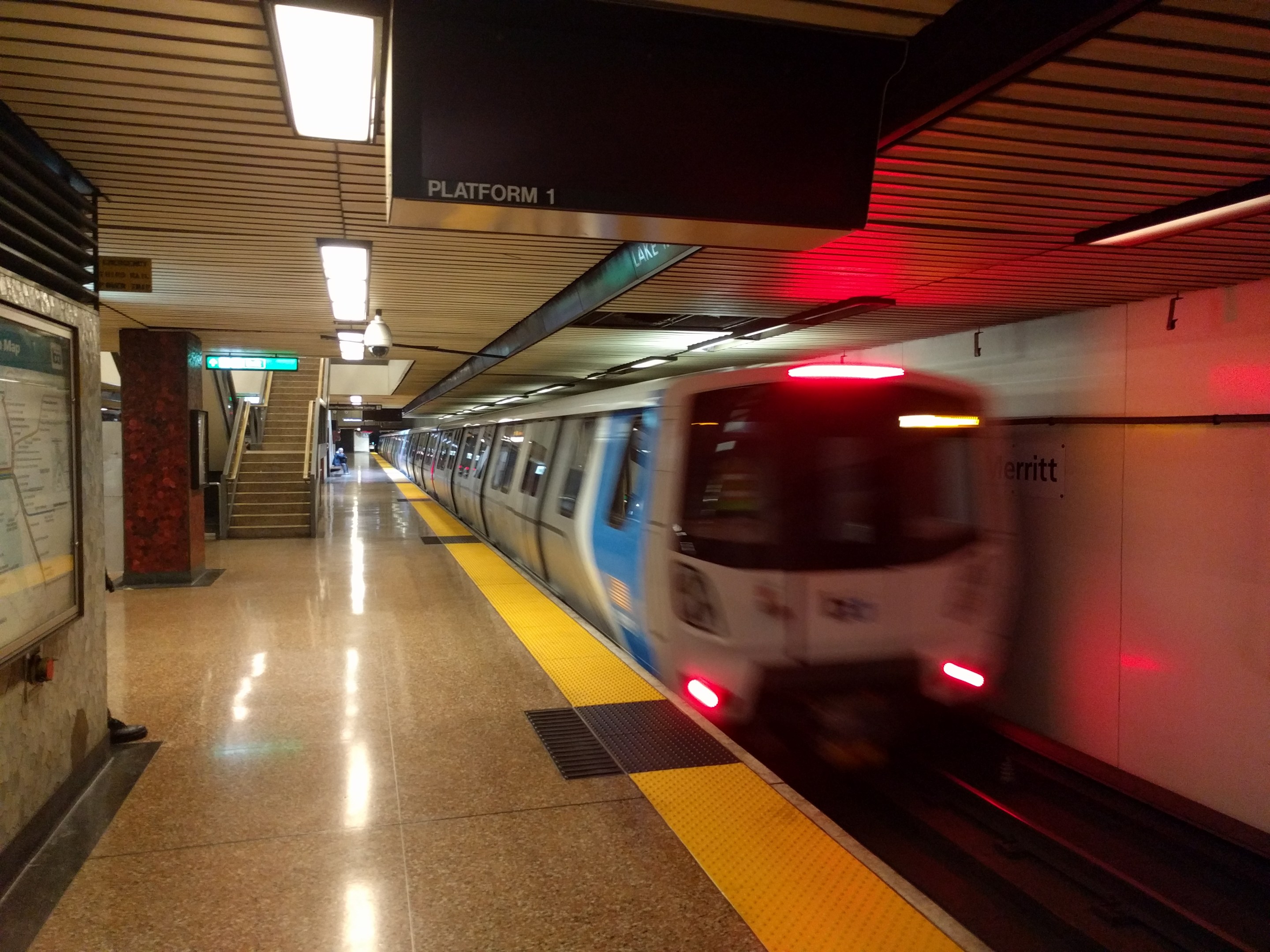Transit is much safer than driving. That's just a fact. Nevertheless, if people don't feel safe, statistics still won't get them on the train or bus if given a choice. But how do transit agencies make trains and buses feel safe for everyone, given the various backgrounds of different riders?
That's what TransForm examines in a new study released this week called Ride Fearlessly: A Framework for Reimagining Transit Safety.
From the study, authored by Haleema Bharoocha, transportation safety policy expert:
As transit agencies seek to regrow ridership in the wake of the COVID-19 pandemic, safety remains a top priority for riders. In the San Francisco Bay Area, 36 percent of respondents in a recent poll indicated concerns about safety keep them from taking public transportation more frequently. Safety concerns discourage riders from using transit to access jobs, pursue education, receive health care, escape poverty, and improve their quality of life.
The study argues that systems across the country, from Philadelphia's SEPTA to the Bay Area's BART, should grow their "ambassador" programs. That means hiring people with crisis intervention skills to patrol the systems instead of flooding them with more police. Study-author Bharoocha adds that:
To make transit safe for everyone, transit agencies must look beyond policing. For many of the safety related issues transit agencies face, an armed officer is not necessary. Not only do transit agencies waste
valuable resources deploying police officers to respond to non-violent issues, but their deployment makes many people, especially Black and Brown riders, feel less safe.
In addition, if trains and buses don't arrive at predictable, regular, and frequent intervals, it forces people--especially in the late evenings--to wait on corners and in stations where they may feel exposed or threatened. Also from the study:
Enhanced service, from greater frequency to improved reliability, is a commonsense way to improve transit safety. Knowing when a bus or train is going to come allows riders to time their arrival at bus stops and stations, reducing the potential for incidents. Increasing transit frequency reduces wait times, similarly lowering the likelihood of harm.
The study also explores anti-sexual harassment measures, such as BART's "Not One More Girl initiative" and bystander intervention training.
It is a good guidebook for transit agencies. Be sure to check it out.





